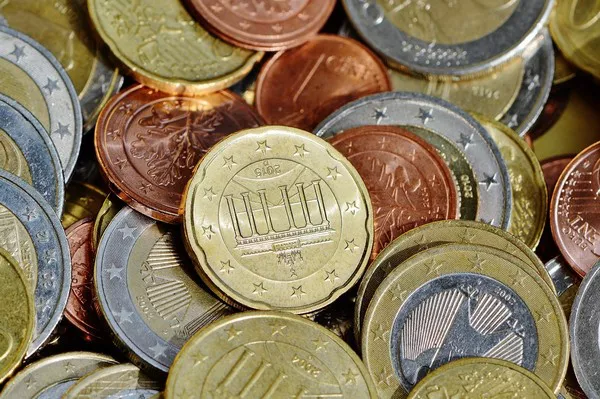Currency strength is a term used to describe the relative value of one currency against another. This is an important concept in international trade and foreign exchange markets, where fluctuations in currency value can have significant economic implications. One of the most commonly discussed currency pairs is the US dollar (USD) and the euro (EUR). In this article, we will analyze the factors that determine the strength of these two currencies and attempt to answer the question: Is USD stronger than the euro?
Understanding Currency Strength
Before we delve into the specifics of the USD and EUR, it is essential to understand what determines currency strength. The value of a currency is determined by supply and demand: if there is a high demand for a particular currency, its value will increase, and vice versa. There are several crucial factors that influence currency demand:
1. Economic Conditions: A country’s economic conditions, such as inflation, interest rates, employment rate, and GDP growth, significantly impact its currency’s strength.
2. Political Stability: Political instability, uncertainty, or conflicts can negatively impact a country’s currency strength.
3. Trade Balance: A country’s trade balance, i.e., the difference between exports and imports, also plays a significant role in determining currency strength.
4. Central Bank Policies: Central bank policies such as printing money, setting interest rates, and implementing monetary policies can also affect currency strength.
USD vs. EUR: An Overview
The USD is the world’s most traded currency, while the EUR is the second-most traded currency. The USD is the official currency of the United States, while the EUR is the official currency of 19 European Union member states.
In terms of economic size, the United States has a larger economy than the European Union. As of 2021, the US has a GDP of $22.67 trillion, while the EU has a GDP of $16.85 trillion. However, the EU has a more extensive trade network than the US, with China and the US being their two largest trading partners.
Factors Affecting USD Strength
The strength of the USD is influenced by several factors, including:
1. Economic Conditions: The US economy is considered to be one of the strongest in the world. It has a stable political environment, low unemployment rate, and consistently high GDP growth rates. These factors make the USD a highly sought-after currency.
2. Interest Rates: The US Federal Reserve sets interest rates, which have a significant impact on USD strength. Higher interest rates lead to an increase in demand for USD, as investors seek higher returns on their investments.
3. Safe-Haven Currency: The USD has traditionally been considered a safe-haven currency, attracting investments during times of economic uncertainty or geopolitical tensions.
4. Trade Balance: The US has a significant trade deficit, meaning that it imports more goods and services than it exports. This negatively impacts the USD’s value since it requires more USD to purchase foreign currency to pay for imports.
Factors Affecting EUR Strength
Similarly, several factors influence the strength of the EUR, including:
1. Economic Conditions: The EU economy is the second-largest in the world and has a relatively stable political environment, low unemployment rate, and moderate GDP growth rates. These factors contribute to the EUR’s strength.
2. Interest Rates: The European Central Bank (ECB) sets interest rates, which also impact currency strength. Low-interest rates lead to a weaker currency, while high-interest rates lead to a stronger currency.
3. Trade Balance: The EU has a positive trade balance, meaning that it exports more goods and services than it imports. This leads to a stronger EUR, as it requires more foreign currency to purchase EUR to pay for exports.
4. Political Stability: Political stability is crucial for currency strength, and the EU has a relatively stable political environment compared to other regions.
US Dollar vs. Euro: The Historical Trends
The USD and EUR have shown significant fluctuations in value over the years.
In 2002, the euro was introduced as a common currency among European Union members, replacing national currencies. Initially, the EUR was valued at approximately $0.85. By mid-2008, the EUR had reached its all-time high of $1.60 against the USD. However, with the onset of the global financial crisis in 2008, the EUR lost value and dropped to $1.22 by 2010. Since then, the EUR has traded between $1.10 and $1.25 against the USD.
Over the same period, the USD also experienced significant fluctuations in value. In 2001, the USD was at an all-time high against the EUR, with one USD buying almost €1.20. However, after the 2008 financial crisis, the USD lost value and weakened against the EUR, reaching its all-time low of €0.63 in 2008. Since then, the USD has recovered.


